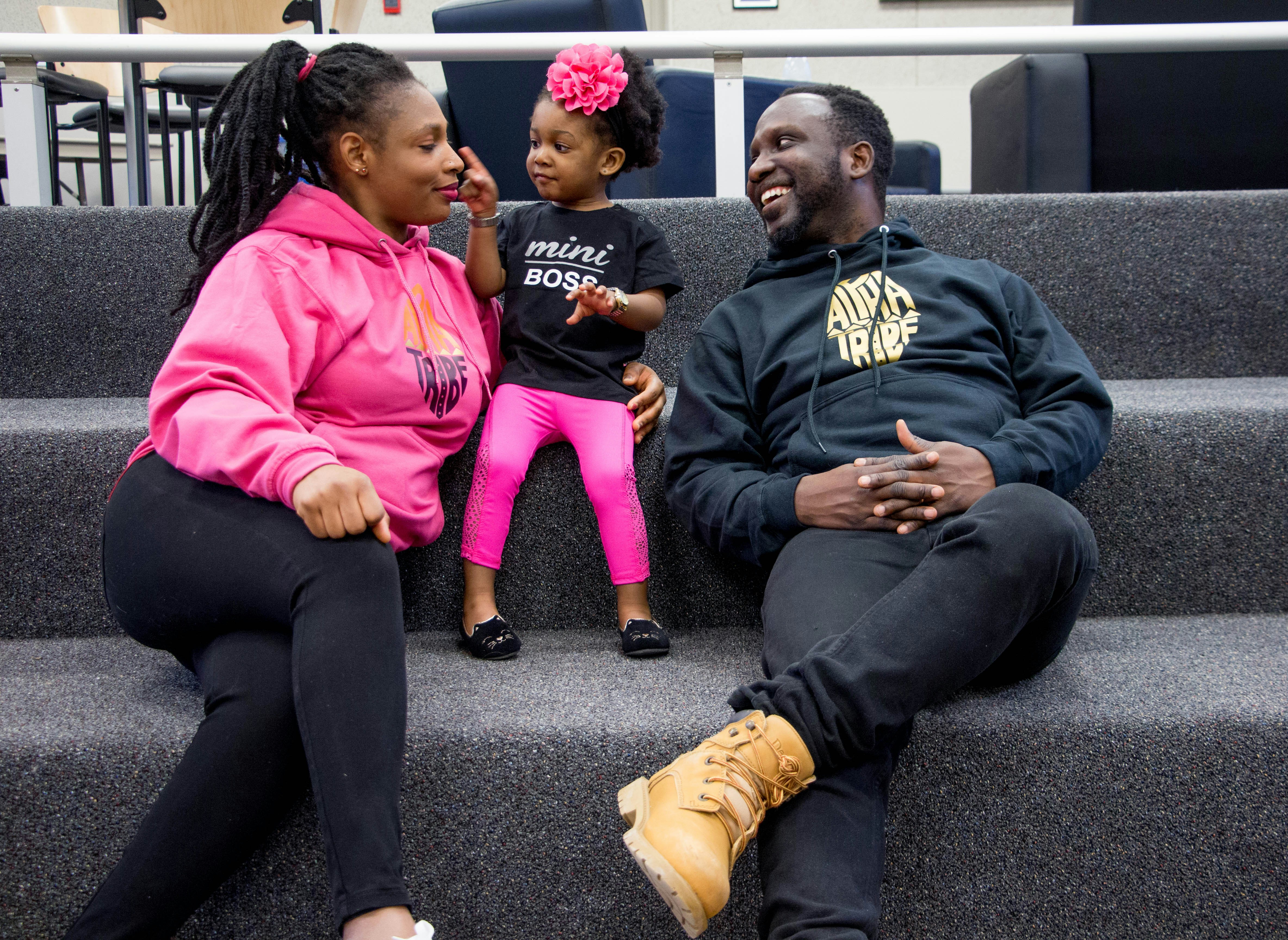Pathways
to economic
mobility
What enables economic mobility? We analyzed hundreds of research studies and surveyed thousands of Americans to identify 28 life experiences that drive lifetime income. We call them the Mobility Experiences.

Background on
Economic Mobility
in the United States
Economic mobility, a measure of growth in income or wealth, has been in decline in the US for decades according to absolute measures. Ninety percent of all children born in the 1940s would go on to earn more than their parents. Less than 50% of those born in the 1980s could say the same. Reviving economic mobility is not only critical to improving quality of life for millions of Americans, but also to unleashing growth across the economy and renewing social cohesion.
Absolute intergenerational mobility in the United States
Percent of children earning more than their parents
Source: Raj Chetty, "14 charts: Big findings on opportunity and mobility we should all know,” Brookings Institute, January 11, 2018
Growing up, being really impoverished, you don’t think about the future that much. You are in the mindset of, ‘Where’s my next meal? Am I going to have a place to live next month? Are we going to have Christmas?’ There were birthdays that went by with no cake or presents. Growing up in this poor mentality sticks with you, and it’s not always the money; sometimes it’s the mindset. Growing up poor trained me to not think about the future.”
Michelle, age 35, OH

Michelle, age 35, OH
Research Summary
Mobility Experiences are life experiences that can significantly impact a person’s lifetime income. By combining findings from over 230 research studies with the lived experiences of over 4,000 Americans, we found strong evidence for 28 such experiences. These occur across varied phases of life, from birth and childhood to adolescence and adulthood, and can be organized into six domains. While we evaluate their impact on economic success (i.e. lifetime income), many also impact individuals’ sense of power, autonomy, or connection and belonging to their communities.


The 28 Mobility Experiences
Economic mobility funding flows
Which Mobility Experiences receive the most funding?
Explore our data dashboard for insight into federal and philanthropic capital for economic mobility in the United States.
Federal funding
$ 6.05 trillion
Flowed to the Mobility Experiences in Fiscal Year 2023.
Philanthropic funding
$ 8.37 billion
Flowed to the Mobility Experiences in 2022.
Perceptions of
Economic Mobility
A majority of Americans believe that most people born into households with low-income earners can secure middle or high incomes in adulthood, yet they are not optimistic about their own economic outlook. We find that more than half of people who earned the lowest incomes in 2010 continued to earn low incomes ten years later. Our findings suggest that the narrative of the “American Dream,” in which everyone has equal access to opportunity and the potential for upward mobility, remains pervasive despite individual lived experiences indicating otherwise.
I was the poor kid, the scholarship kid. My parents struggled to find jobs. I grew up with wealthy kids around me. As an adult, I am in a better economic position. Now, I have a stable job and an apartment in NYC, but I worry it will slip away.
Ana, age 29, New York

Ana, age 29, New York
Structural Factors
Structural factors play a significant role in an individual’s ability to access and navigate Mobility Experiences. These factors result from entrenched historical forces, policies, and trends that have shaped society. They may include limited access to economic resources, lack of access to products and services, presence of socio-cultural bias and discrimination, and other systemic forces such as racism and inequitable power structures. We find that many Americans feel that aspects of their racial, ethnic, and gender identity influence their economic situation, along with their socioeconomic background.

Differences in
perception by race
Race and ethnicity is a critical lens through which to understand the importance of mobility experiences for individuals, given the structural factors that emerge from racism and historical marginalization of People of Color, barring many from accessing and navigating key mobility experiences

Black Americans are 7%
more likely to report that experiencing physical or emotional trauma has impacted their economic mobility

Hispanic Americans are 8%
less likely to report that access to retirement benefits has impacted their economic mobility

Asian Americans are 10%
less likely to report that receiving consistent care and guidance from a caregiver has impacted their economic mobility
Differences by household income
People value certain life experiences differently depending on their household income. While across the board, graduating from high school is most widely perceived as important to economic mobility, people who live in poverty are far less likely to report that experiences like graduating from college, accessing retirement benefits, and obtaining a well-paying job were influential for their economic mobility, likely because they do not have access to the same opportunities as respondents who earn higher incomes.
15%
of people living in poverty are less likely to report the importance of accessing retirement benefits from an employer on their economic mobility compared to higher income earners.

18%
of people living in poverty are less likely to report the importance of undergraduate college degree on their economic mobility, compared to higher income earners.
14%
of people living in poverty are less likely to report the importance of obtaining a first full-time job with good compensation on their economic mobility, compared to higher income earners.
I lived in a predominantly Hispanic and white neighborhood with some Black families. Looking around, I didn’t see many people becoming successful. And the people that I did see becoming successful were not people of color.”
Derrick, age 33, California

Derrick, age 33, California
































